Apple is a multinational tech company based in Cupertino, California, specializing in consumer electronics, computer software, and online services. The company was founded in 1976 by Steve Jobs and Steve Wozniak, and Ronald Wayne.
In Aug 2018, Apple became the first public company to reach the $1-trillion valuation mark. Its valuation doubled within two years to over $2 trillion. With a brand value of $241.2 billion, Apple is the world’s most valuable brand.
The company has 154,000 employees and operates globally. In 2021, Apple’s annual revenue was $365 billion with $95 billion in profits. [1]
Apple’s product portfolio includes iPhone, iPad, iPod, Mac, Apple Watch, HomePod, and AirPods. The tech giant also develops iOS and offers several services, including App Store, Apple Music, Apple TV+, iCloud, Apple Books, and personal AI Assistant Siri.
Today, there are more than 1.65 billion Apple products in use globally. Though Apple was not the first to market with a smartphone, iPhone’s innovative features and unique design set it apart from alternatives.
Apple faces stiff competition in different segments across the tech sector from top brands like Samsung, Microsoft, Google, and Amazon. [2]
Here is an in-depth analysis of top Apple’s competitors and alternatives:
Apple’s iPhone Top Competitors and Alternatives
Apple’s iPhone is ranked among the top five smartphones globally. It contributes over 55% of Apple’s total revenue.
1. Samsung
Year founded: 1938
Headquarter: Suwon, South Korea
Samsung is a consumer electronics company and the world’s largest producer of smartphones. The company has assembly plants in 80 countries and operates in retail, insurance, textiles, auto, telecom, home appliances, and more. In 2021, Samsung generated $279 KRW trillion in revenues with a net income of $39 KRW trillion [3]. The tech giant Samsung controls around 31% of the global smartphone market versus Apple’s 22% market share. However, Apple outperforms Samsung by a wide margin in the US market.
The main competitive advantage for Samsung is its diversified portfolio. Samsung Galaxy series and Note series compete against iPhone, Galaxy Tab vs. iPad, Notebook vs. MacBook, and Galaxy Watch vs. Apple Watch.
In 2021, Samsung unveiled new creativity features for Galaxy Note devices to improve users’ experience. Samsung is Apple’s top competitor across the board and offers cheaper alternatives to Apple’s products. [4]
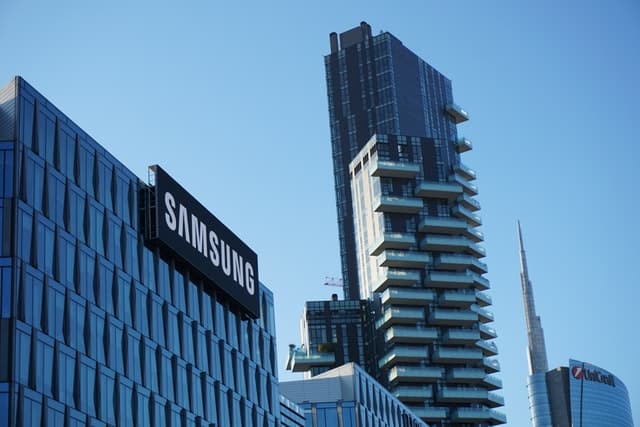
2. Huawei
Year founded: 1987
Headquarter: Shenzhen, China
Huawei is a Chinese tech company specializing in consumer electronics, networking and telecom equipment, and enterprise solutions. The company has over 194,000 employees and offers cheaper alternatives to Apple’s iPhone and wearables. In 2021, Huawei’s revenue was $99.9 billion with $17.8 billion in profits.
Huawei’s revenue growth slowed down in 2021 due to US sanctions. The company’s sales decreased in all regions globally, except China. In 2021, Huawei sales in China surged 15.4% to $89.7 billion, over 65% of total revenue.
It also offers a MateBook laptop that competes against Apple’s Mac, MediaPad M5 Pro vs. iPad, and Huawei Band A2 and GT vs. Apple Watch and wearables. With 10% of the global smartphone market, Huawei is one of the top competitors for Apple’s iPhone. [5]
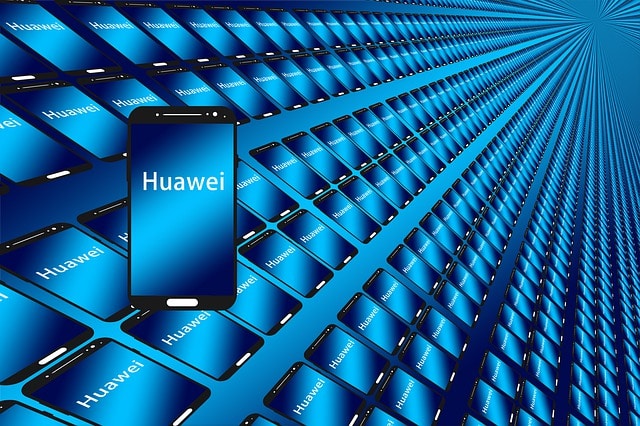
3. Xiaomi
Year founded: 2010
Headquarter: China
Xiaomi is a Chinese consumer electronics company that offers smartphones. The company has around 17,000 employees and operates in 90 countries and territories globally. In 2021, Xiaomi’s annual revenues were $209 RMB billion.
The company also manufactures smart TVs and provides Internet services. However, smartphone sales account for over 60% of its revenues. The company ships over 190 million smartphones annually. Xiaomi has strong ties with the Chinese government, increasing its competitiveness over Apple in China. [6]
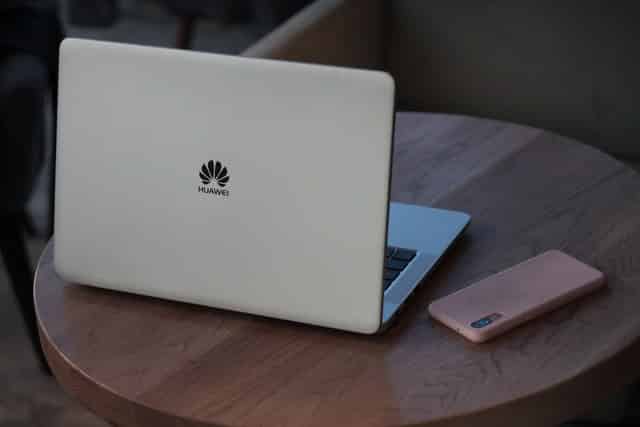
4. Oppo
Year founded: 2004
Headquarter: Dongguan, Guangdong, China
Oppo is a consumer electronic brand specializing in smartphones. The company also offers MP3 players, power banks, Blu-ray players, and 5G-enabled devices. Today, Oppo has about 40,000 employees and generates over $137 million in revenues annually.
Oppo has increased its smartphone sales per quarter over the past five years, from 7.3 million units in Q1 2015 to 32.8 million units in Q2 2021. The company ships over 115 million smartphones annually. The main competitive advantage for Oppo over Apple is its affordable pricing. Around 97% of Oppo’s phones sold in Africa cost less than $400. Oppo is now among the top vendors in the African market. [7]
Although Oppo is less than 20 years old, it is now the 5th largest smartphone vendor globally. In India, Oppo also ranks 5th with 11% of the smartphone market.
The company’s smartphones sell for only a fraction of the iPhone’s cost. Oppo is a cheaper alternative to iPhone and Apple’s top competitor in emerging markets in Asia and Africa. [8]
5. Sony
Year founded: 1946
Headquarter: Tokyo, Japan
Sony is a consumer electronics company specializing in smartphones, PCs, and gaming consoles. Sony Vaio competes with Apple’s Mac, and Sony Xperia XZ is pitted against iPhone. This iconic company has around 114,000 employees. In 2022, Sony’s revenue surge to JPY 9.9 trillion, and its net income increased to JPY 882 billion.
Sony is more specialized in video gaming, with its PlayStation controlling 40% of the market. It is the second most popular gaming console globally behind Microsoft’s Xbox.
From Apr to Jun 2021, the Japanese tech giant sold 2.3 million units of the latest PlayStation. Most PlayStation gamers are more likely to purchase Sony’s smartphone and PCs instead of Apple’s products. Sony is a worthy competitor for Apple. [9]
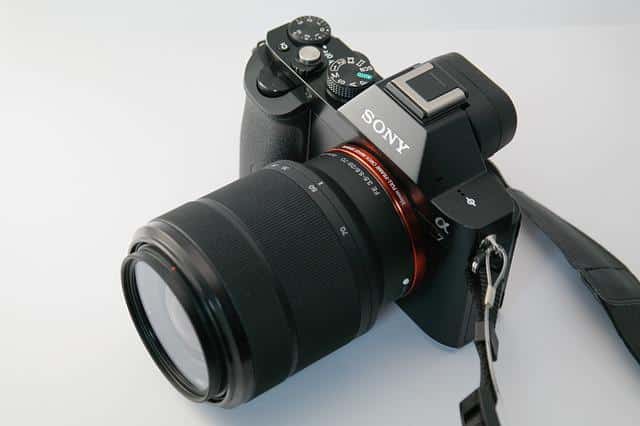
Apple’s Top Competitors and Alternatives in Personal Computing
Apple’s personal computing segment consists of Mac and iPad. Mac sales account for about 10% of total revenue, and iPad brings in approximately 9% of Apple’s sales.
6. Microsoft
Year founded: 1975
Headquarter: Redmond, Washington
Microsoft is a multinational tech corporation that develops software and consumer electronics. According to Forbes’ Global 2000, Microsoft is the 15th largest public company globally.
In 2021, the tech giant generated $168 billion in revenues. It employs more than 181,000 people globally and makes over $61 billion in profits annually.
Microsoft and Apple are the only public companies globally valued at over $2 trillion. In the laptop segment, Microsoft Surface competes with Apple’s MacBook.
The two rivals also compete in other sectors. In the services segment, Microsoft Edge browser is pitted against Apple’s Safari, Cortana vs. Siri, Skype vs. FaceTime, OneDrive vs. iCloud, and Bing Maps vs. Apple Maps.
Microsoft Windows is the leading OS and powers 9 out of 10 PCs globally, while Apple’s iOS is the 2nd most popular OS. But Apple outperforms Microsoft in the smartphone market. Microsoft is the top competitor for Apple across the board. [10]
7. Dell
Year founded: 1984
Headquarter: Austin, Texas
Dell is a computer technology company that develops industrial devices and consumer electronics. The company has around 165,000 employees and offers XPS laptops, which compete with Apple’s MacBook Pro. For fiscal 2022, Dell’s annual revenue was $101 billion.
In 2013, Dell’s global PC market share declined to 10.4%. The founder and CEO Michael Dell bought out Dell for $24.4 billion, privatized it, and implemented several changes. In 2018, the rejuvenated Dell went public.
The company also offers Dell DJ (Digital Jukebox), a cheaper alternative to Apple’s iPod. With 16% of the global PC market, Dell is one of Apple’s top competitors in personal computing. [11]
8. Hewlett Packard (HPE)
Year founded: 1939
Headquarter: Palo Alto, California
HP is one of the most valuable brands globally, specializing in computers and office equipment. The company’s laptops and desktops cater to government agencies and organizations in the commerce, education, and health sector.
In 2021, HP’s annual revenue was $27 billion, with a net income of $3.43 billion. The PC specialist has 60,400 employees.
Since 2011, HP has controlled between 15% and 20% of the global PC market. The company’s main competitive advantage is its high-quality, enterprise-level products.
Unlike Apple, HP can bundle or cross-sell its laptops and desktops with its 3D printers, monitors, scanners, and printers. HP is the best Apple alternative for enterprise-level hardware. [12]
9. Lenovo
Year founded: 1984
Headquarter: Quarry Bay, Hong Kong
Lenovo is a Chinese tech company that manufactures smartphones, tablets, and smart TVs, servers, storage solutions, management software, apps, and workstations. The company has over 66,000 employees with a valuation of $46 billion. For FY2021, Lenovo crossed the $60 billion mark in revenues for the first time.
Lenovo recorded a 48% increase in revenue and a whopping 512% jump in profits. The company saw record-breaking revenue growth across all segments, including laptops, smartphones, tablets, data, and cloud services.
Today, Lenovo is one of the leading PC vendors globally, with a 24% market share. Lenovo is a worthy competitor for Apple’s Mac. [13]
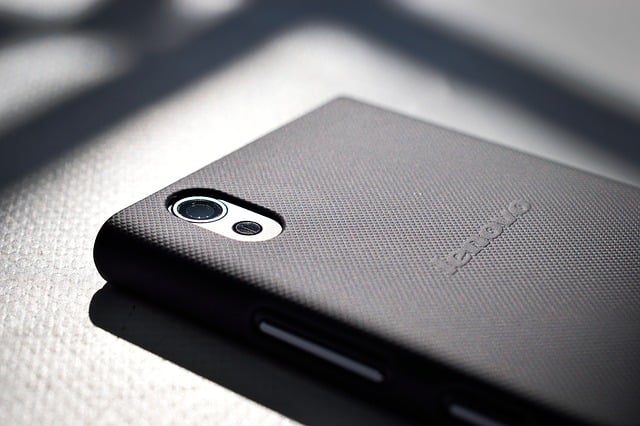
10. Asus
Year founded: 1989
Headquarter: Taipei, Taiwan
Asus is a multinational consumer electronics company that develops smartphones and personal computers. The company also offers networking equipment, netbooks, Wi-Fi routers, wearables, and more. In 2021, Asus recorded an annual revenue of 535TW billion.
Asus generates 35% of its revenues in the Asian market, 35% from Europe, and 25% in North and South America.
PC sales accounted for 67% of Asus revenue. Both Asus and Apple control around 6% of the global PC market. However, Apple outperforms Asus in the smartphone segment. Asus is one of Apple’s top competitors in the PC market. [14]
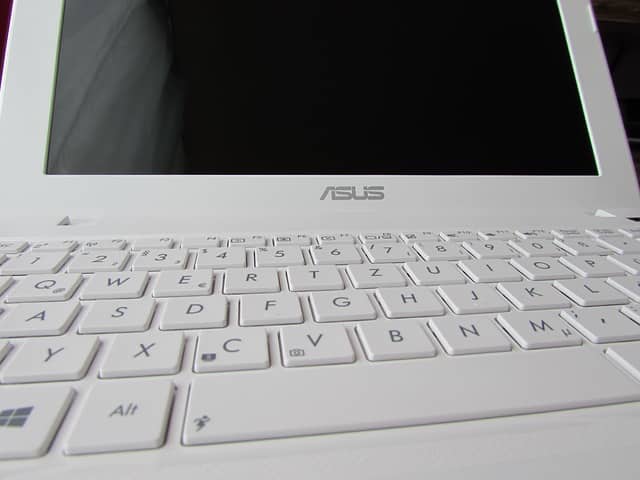
Apple’s Competitors and Alternatives in the Services Segment
Apple’s services segment contributes around 19% of its revenues. The platform has more than 450 million paid subscriptions, including iCloud, Apple Music, and AppleCare warranties.
11. Google
Year founded: 1996
Headquarter: Mountain View, California
Google is one of the most iconic tech companies of the 21st century. The company employs around 119,000 people and offers hardware, software, cloud computing, search engine, and online ads. In 2021, Google’s annual revenue was $257 billion.
Google is the pioneer in Internet services and competes with Apple in this space. Android has 84% of the world market versus 11% for Apple iOS. Google Play store is the top competitor for Apple Store. Apple earns $5.1 million in app revenues daily, about 500% more than Google’s $1.1 million daily app revenues. But Apple’s apps cost more than Google apps. [15]
In the web browser sector, Google Chrome competes with Apple’s Safari. Chrome integrates with Google Translate, allowing users to translate webpages to any language in a few seconds.
Other areas of competition include Google Maps vs. Apple Maps, YouTube vs. Apple Music, Play Movies vs. Apple TV, Google Home vs. Siri, Google Pay vs. Apple Pay, and Pixel 2 vs. iPhone. Google is a formidable competitor for Apple and offers the best alternatives across the board. [16]
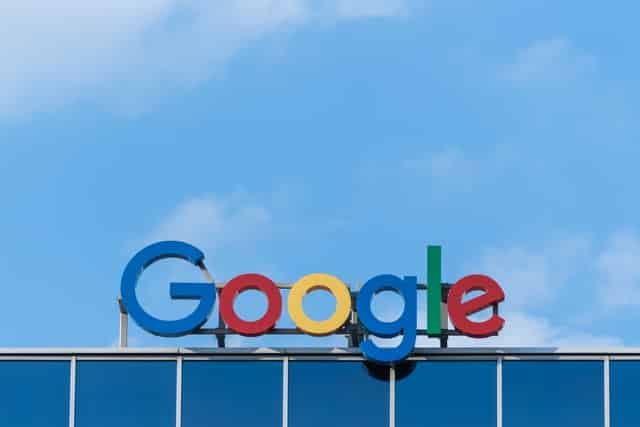
12. Amazon
Year founded: 2014
Headquarter: Seattle, Washington,
Amazon is a tech company and eCommerce giant. The company offers several services that compete with Apple Services. In 2021, Amazon had over 1,622,000 employees and generated $469 billion in revenues.
Amazon’s AI assistant Alexa is the best alternative for Apple’s Siri. The company also offers Amazon Fire TV, a streaming service, and a top competitor for Apple TV+. Amazon Fire TV has over 40 million subscribers. In 2020, Amazon partnered with Roku to offer Fire TV on Roku’s platforms. This partnership increases Fire TV’s competitive advantage over Apple TV+. Amazon has enough resources to compete against Apple. [17]
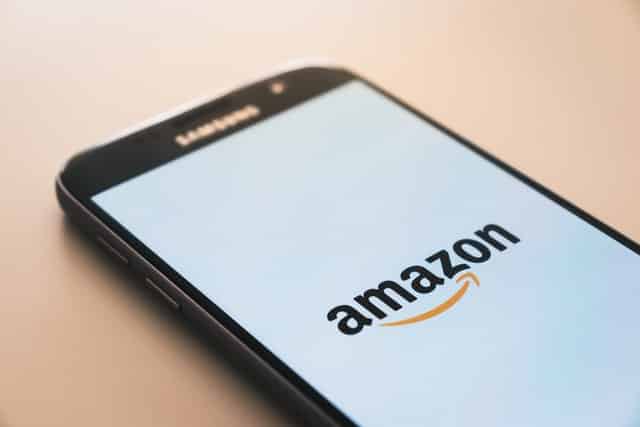
13. Mozilla
Year founded: 1998
Headquarter: Mountain View, California
Mozilla is a software company with more than 1000 employees. The company offers open-source software products, including Firefox web browsers, bug tracking systems, and apps. With a $450 million annual turnover, Mozilla still has a long way to go to catch up to Apple.
Mozilla Firefox is one of the top competitors for Apple’s Safari web browser. In the US, Safari has 9% of the market, and Firefox has 6%. However, Firefox is the second most popular browser in Europe after Chrome, with a 12% market share. Firefox outperforms Safari in the European market. [18]
14. Adobe
Year founded: 1982
Headquarter: San Jose, California
Adobe is the leading creative software developer. Its product portfolio includes Illustrator Draw, Premiere Pro, and Adobe Audition, which compete with Apple’s offerings. In 2021, Adobe’s annual revenue was $15.79 billion.
Adobe Premiere Pro competes with iMovie, Illustrator Draw vs. Notes, and Audition vs. Garage Band. In Jul 2021, Adobe launched Speech to Text for its Illustrator Draw.
This feature saves time by up to 75%, increasing Adobe’s competitive advantage over Apple. Adobe is a specialist in content creation and offers advanced alternatives to Apple’s desktop apps. [19]
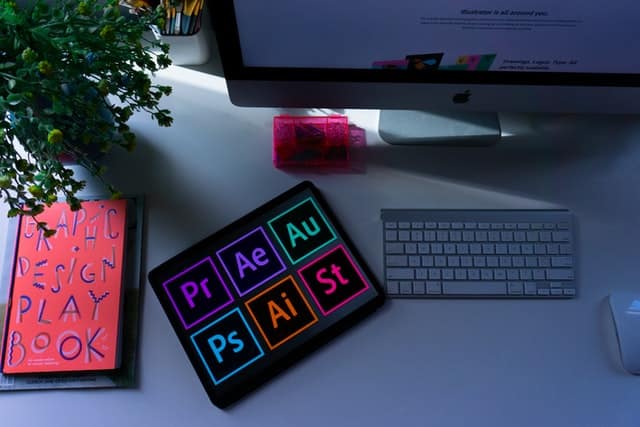
15. Spotify
Year founded: 2006
Headquarter: Stockholm, Sweden
Spotify is a digital music company that operates the world’s largest music streaming service. The company also offers podcast and video services. In 2021, Spotify had 6,617 employees and made $9.67 billion in revenues.
Spotify is the top competitor for Apple Music. As of June 2021, the platform had over 365 million monthly active users and 165 million paying subscribers.
Customers can access millions of songs and the free Basic version or upgrade to the paid Spotify Premium. Spotify’s specialization in music streaming makes it a worthy competitor for Apple Music. [20]
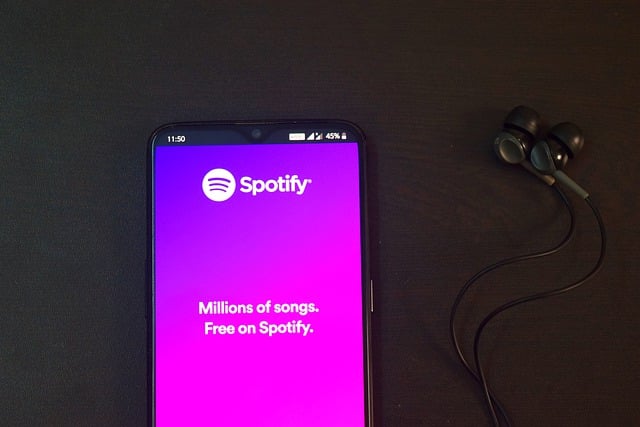
16. Roku
Year founded: 2002
Headquarter: San Jose, California
Roku is an entertainment company that operates a streaming platform and offers set boxes, smart TV OS, and players. The company’s products and services compete with Apple TV+. In 2021, Roku had 3000 employees and reported a revenue of $2.76 billion.
Roku is America’s largest pay-tv operator, with 51.2 million active accounts.
Roku has been among smart TV operating system in the US. The company also offers Roku Channel, with 63 million viewers. Roku is the top competitor for Apple TV+. [21]
Competitors for Apple’s Wearables, Home, and Accessories
The wearables, Home, and Accessories segment generates over $38 billion annually and consists of AirPods, Apple Watch, and HomePod. Apple Watch alternatives offered by top competitors in previous sections include Samsung Gear and Huawei Mi Band.
Amazon Echo Buds, Sony WF-1000XM4, and Samsung Galaxy Buds compete against Apple’s AirPods.
17. Fitbit
Year founded: 2007
Headquarter: Delaware
Fitbit manufactures and sells health and fitness products. The company’s industry-leading fitness bands compete against Apple Watch and wearables.
Fitbit’s top-selling fitness tracker is the Fitbit Charge 3, which monitors the wearer’s steps, strides, sleep, and more. In 2021, the company released the Fitbit Charge 5. This latest version is lighter and offers more features than Charge 4.
The company also manufactures and sells Fitbit Inspire HR that connects with users’ smartphone GPS and tracks sleep stages, pace, and distance. All three wearables cost between $80 and $150, so they are cheaper alternatives to Apple Watch. [22]
18. Logitech International
Year founded: 1981
Headquarter: Lausanne, Switzerland
Logitech is the world’s leading manufacturer of tech-related accessories. The company employs around 7,000 people and develops Bluetooth speakers, computer keyboards, webcams, and more. For fiscal 2021, Logitech’s revenue increased by 76% to $5.25 billion.
Logitech’s Bluetooth speakers provide a cheaper alternative to Apple’s HomePod. The company also offers products that compete against Apple’s accessories. With over 29 years in the sector, Logitech is more experienced in audio and accessories than Apple. [23]
19. Garmin
Year founded: 1989
Headquarter: Olathe, Kansas
Garmin is one of the most experienced wearable manufacturers. The company also sells GPS receivers, avionics, and wearables. In 2021, Garmin’s annual revenue was $4.98 billion.
Garmin’s Vivosmart 4 and Vivofit 3 are among the best alternatives to Apple’s wearables. With Vivosmart 4, users get 7 days of battery life and innovative tracking features. Garmin is one of the top competitors for the Apple Watch. [24]
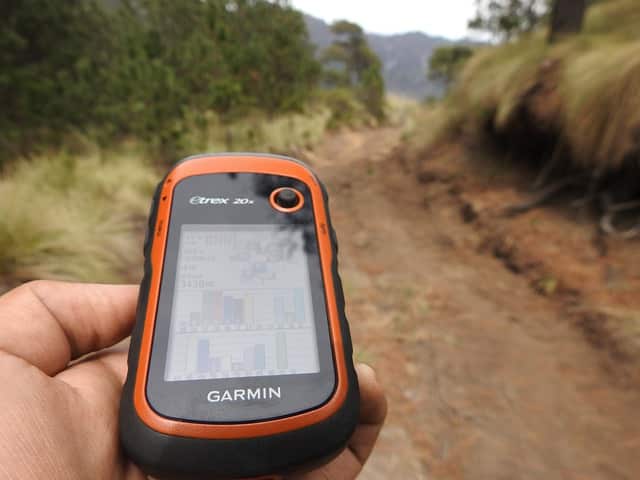
20. Cambridge Audio
Year founded: 1968
Headquarter: London, UK
Cambridge Audio is a British audio equipment manufacturer. The company offers high-end home audio products and hi-fi systems.
Cambridge Audio Melomania product line offers some of the best alternatives to Apple’s AirPods. The latest Cambridge Audio Melomania 1 Plus is cheaper and better than AirPods.
This wireless earbud beats AirPods in sound quality and battery life. But it costs only $99, a fraction of AirPods’ price. Cambridge Audio’s expertise in hi-fi and audio systems makes it a worthy competitor for Apple. [25]
References & more information
- Swant, M. (2021, May 1). The World’s Most Valuable Brands. Forbes
- Bajarin, T. (2021, Jun 2). Understanding Apple’s Formula for Success. Forbes
- Vailshery, L. S. (2021, Mar 31). Samsung Electronics: global revenue 2005-2020. Statista
- Heater, B. (2021, Aug 6). What to expect from Samsung’s next Unpacked? TechCrunch
- Associate Press. (2022, Mar 28). China’s Huawei Says 2021 Sales Down, Profit Up. US News
- (2022, Mar 22).Xiaomi sold 190 million units in 2021, fiscal report shows. GSMArena
- O’Dea, S. (2021, Aug 2). Global smartphone unit shipments of OPPO 2015-2021, by quarter. Statista
- Lohchab, H. (2021, Mar 3). Oppo FY20 net loss widened over 2 times to Rs 2203 cr, the largest since it entered India. Economic Times
- Kyodo, J. (2021, Aug 5). Sony raises fiscal 2021 profit outlook on the strong entertainment business. Japan Times
- Lahiff, K. (2021, Jun 24). Microsoft vs. Apple: Traders debate which $2 trillion stock is the better bet. CNBC
- Alsop, T. (2021, Mar 29). Dell Technologies net revenue worldwide 1996-2021. Statista
- Alsop, T. (2020, Dec 8). Hewlett Packard Inc: net revenue 1998-2020. Statista
- Jed, J. I. (2021, May 30). Lenovo records its best performance ever in 2020/2021 with over $60bn in revenue. Gizmo China
- Editorial (2021, Jan 1). Asustek Computer. T-Adviser
- Editorial (2021, May 18). Open Warfare: Google vs. Apple. Great Business Schools
- Berveno, M. (2021, Jun 14). Safari vs. Chrome: The best browser in 2021. SetApp
- Levy, A. (2020, Oct 11). Roku Just Partnered With Its Biggest Competitor. The Motley Fool
- Liu, S. (2021, Jul 20). US desktop internet browsers market share 2015-2021. Statista
- FP Trending (2021, Jul 26). Adobe Creative Cloud’s Update Brings Speech to Text in Premiere Pro. First Post
- Statista Research Department (2021, Apr 19). Spotify revenue 2013-2020. Statista
- Clover, J. (2021, Feb 19). Record revenue for Roku in 2020. Broadband TV News
- Ellis, C. (2021, Jan 8). Fitbit Charge 3 vs. Fitbit Charge 4: choose the right fitness tracker for you. Tech Radar
- Workflow News (2021, Jun 9). Work from Home Results in $5B Revenue for Logitech in FY2021 – 76% Increase From 2020. Workflow
- Alsop, T. (2021, Mar 9). Garmin revenue worldwide 2006-2020. Statista
- Archer, J. (2021, Aug 24). The best Apple AirPods alternatives in 2021. Tom’s Guide
- Featured image by Jimmy Jin
Tell us what you think? Did you find this article interesting? Share your thoughts and experiences in the comments section below.

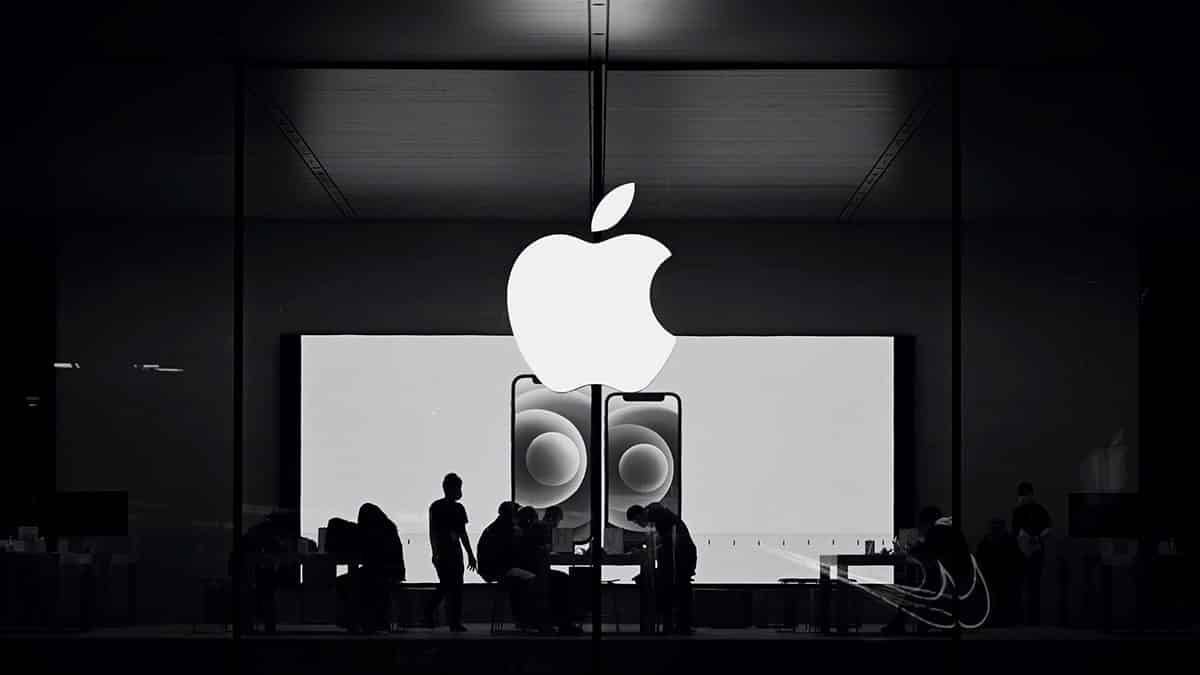
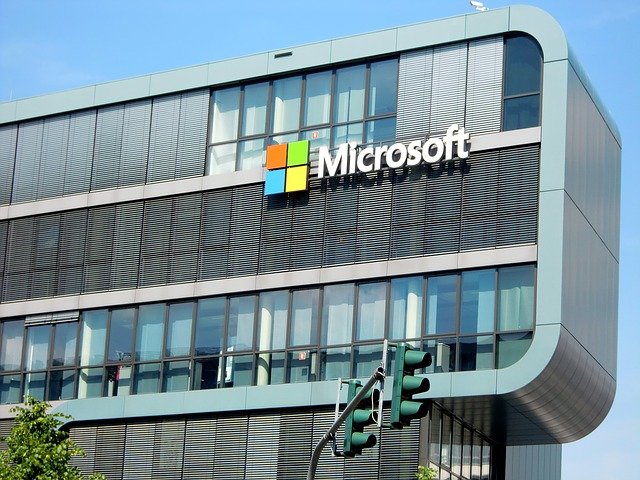
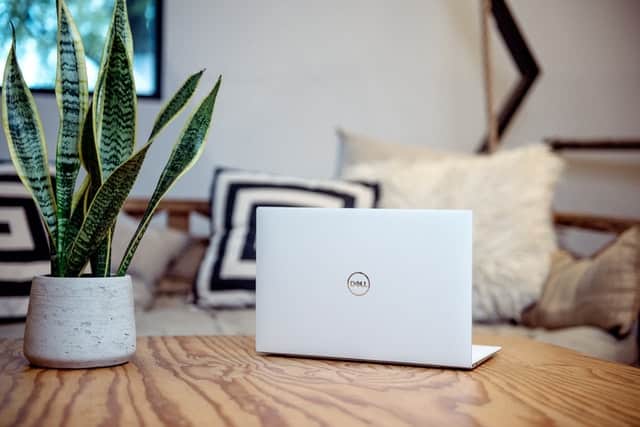

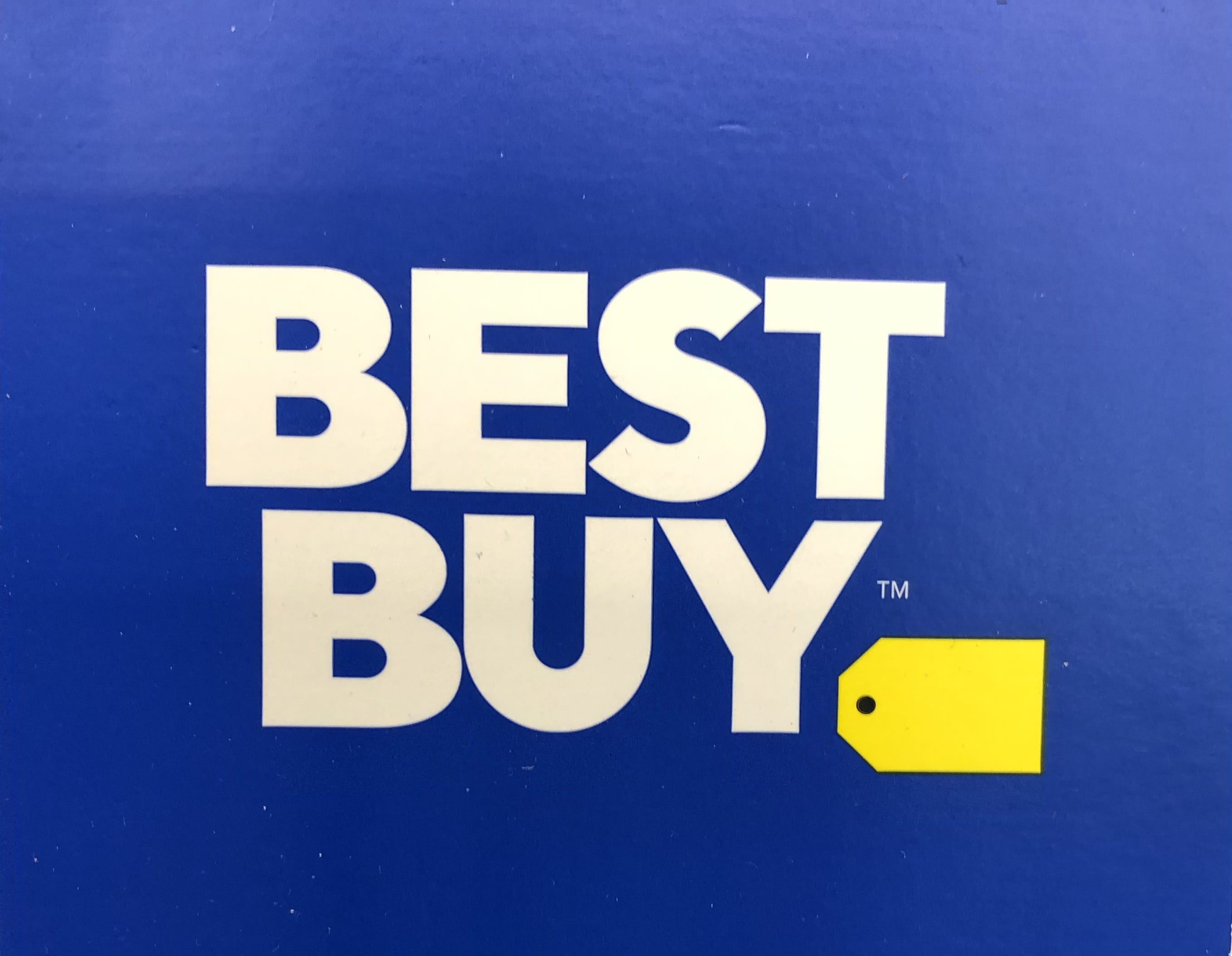



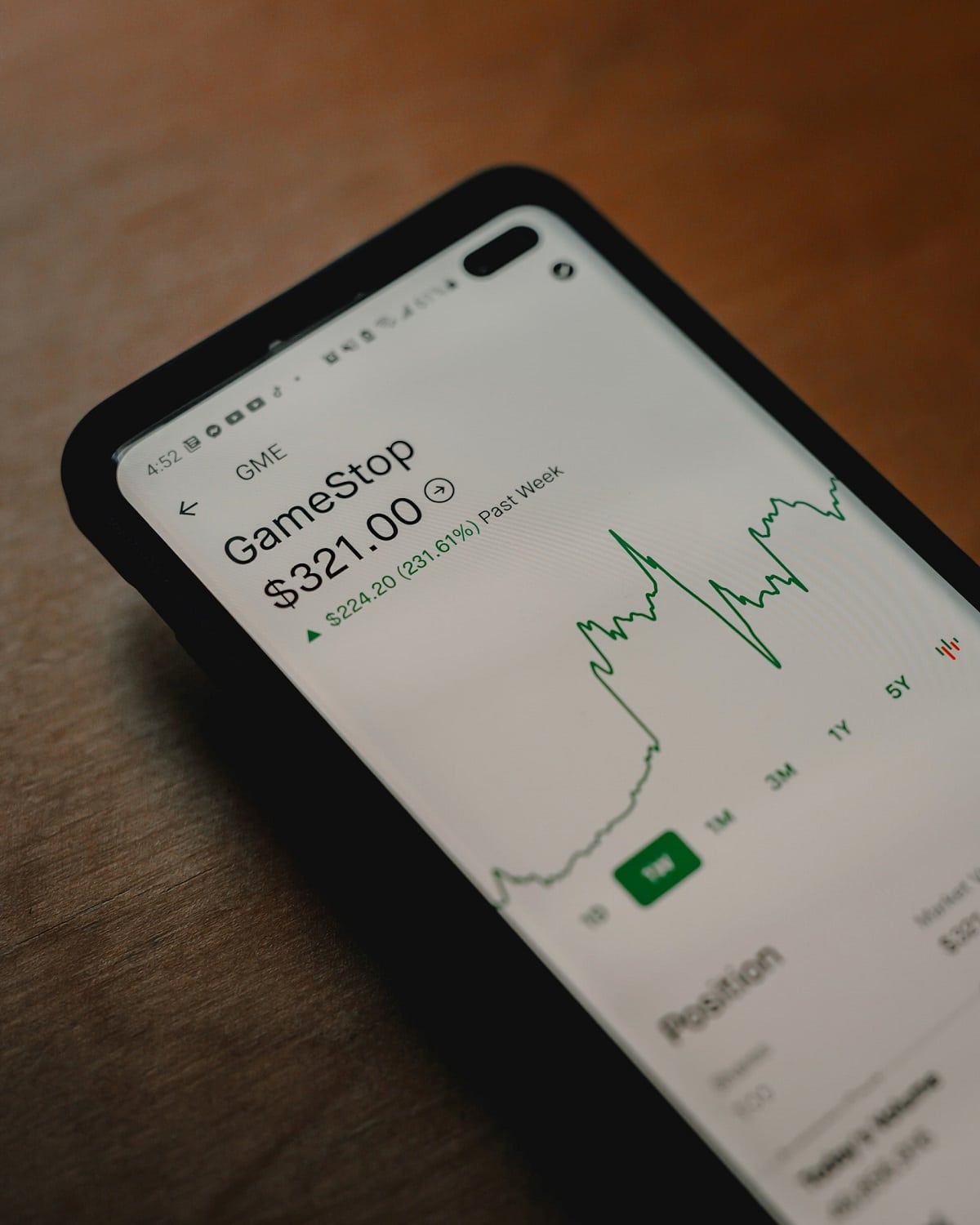
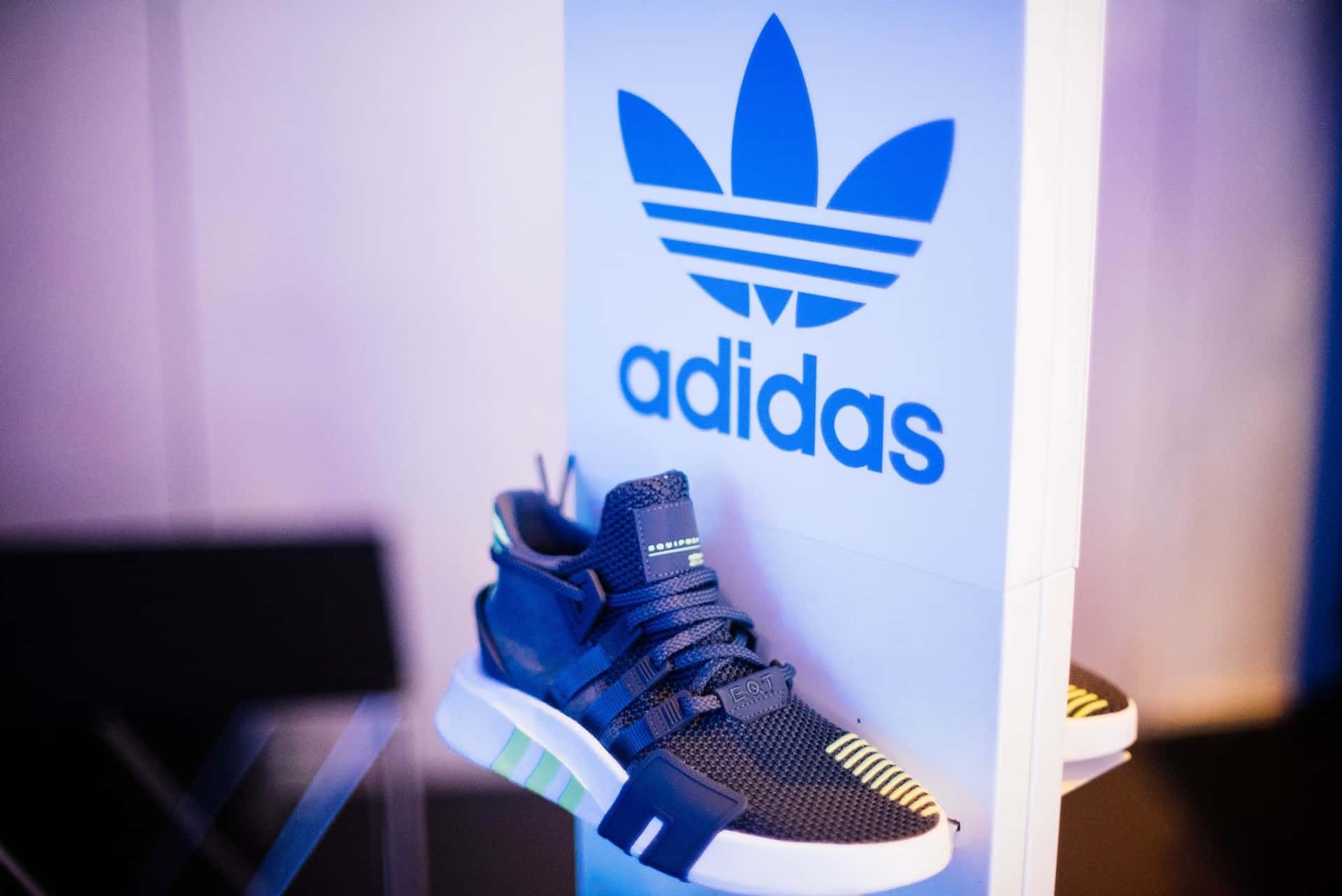


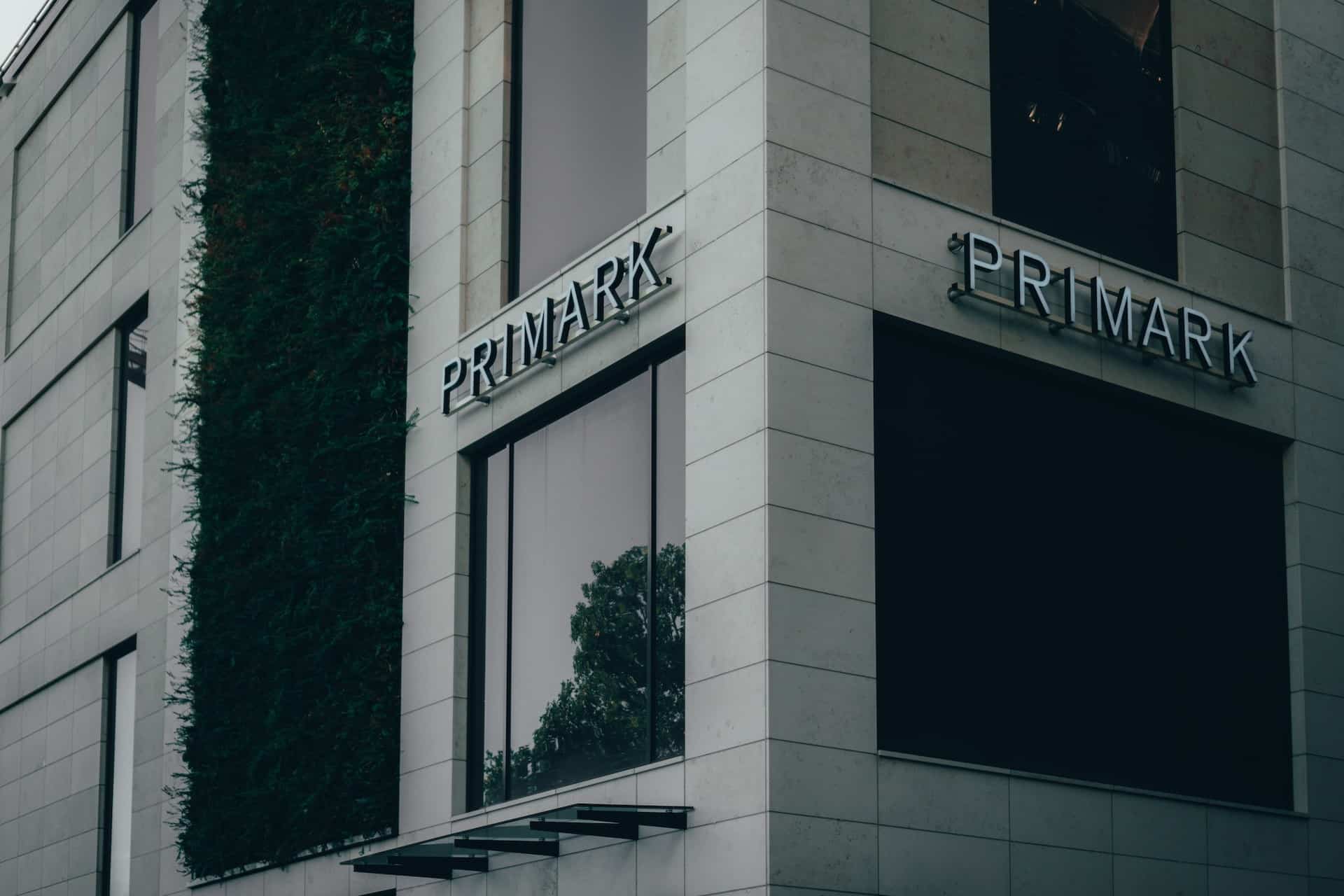
Add comment